Plastic Injection Molding
Aris’s injection molding service is particularly useful for high-volume production runs. We has a rigorous quality control process in place to ensure that every part meets the customer’s specifications.
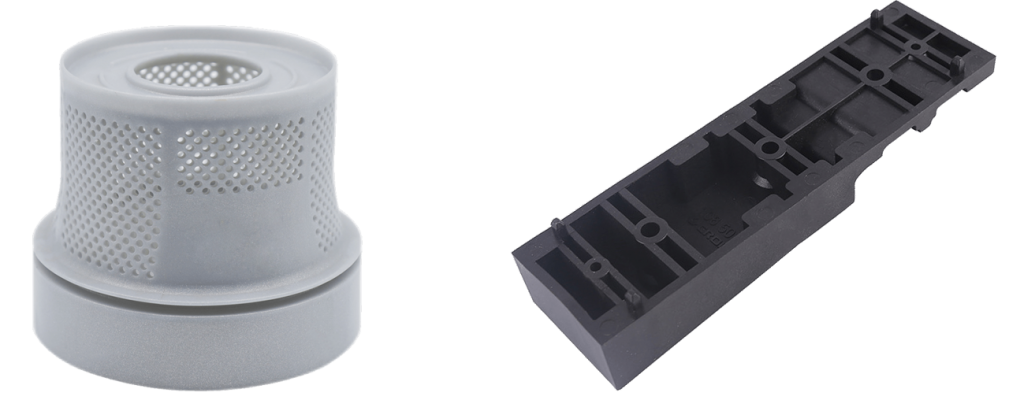
Start A Injection Molding Quote

Quality
Quality Assurance
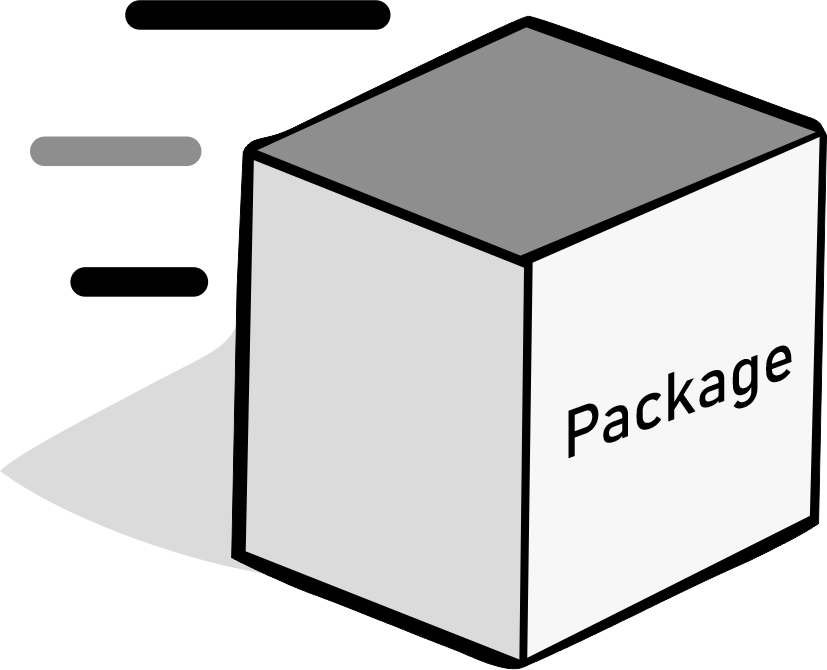
Fatest Delivery
3 Days
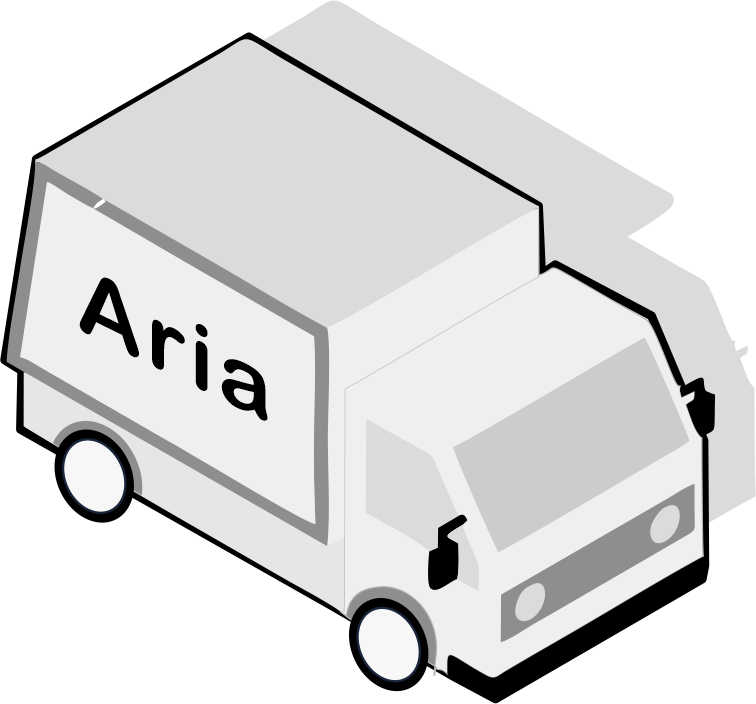
Reduce cost
Worldwide

Experience
10+ years
Plastic Injection Molding Process
Aria has over 1,00 presses with a range of sizes, from 50 to 1,000 tons of clamping force. we can produce parts in a variety of materials, including thermoplastics, elastomers, and silicone. we also offer secondary services such as machining, finishing, and assembly.
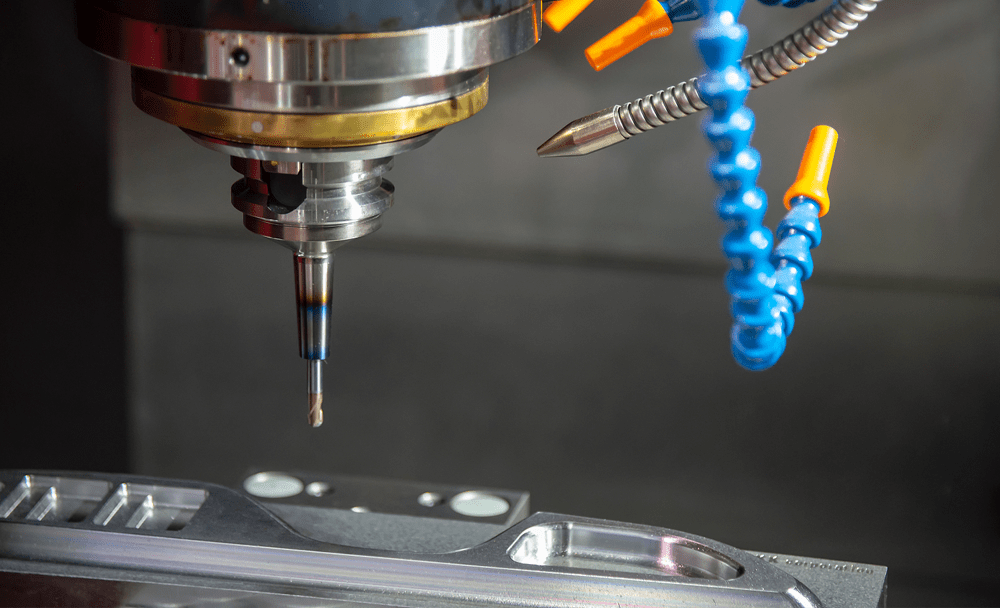
Mold Making
The mold manufacturing process can be quite complex and time consuming, but it is an important part of the plastic injection molding process. The processing is usually completed in 2 weeks
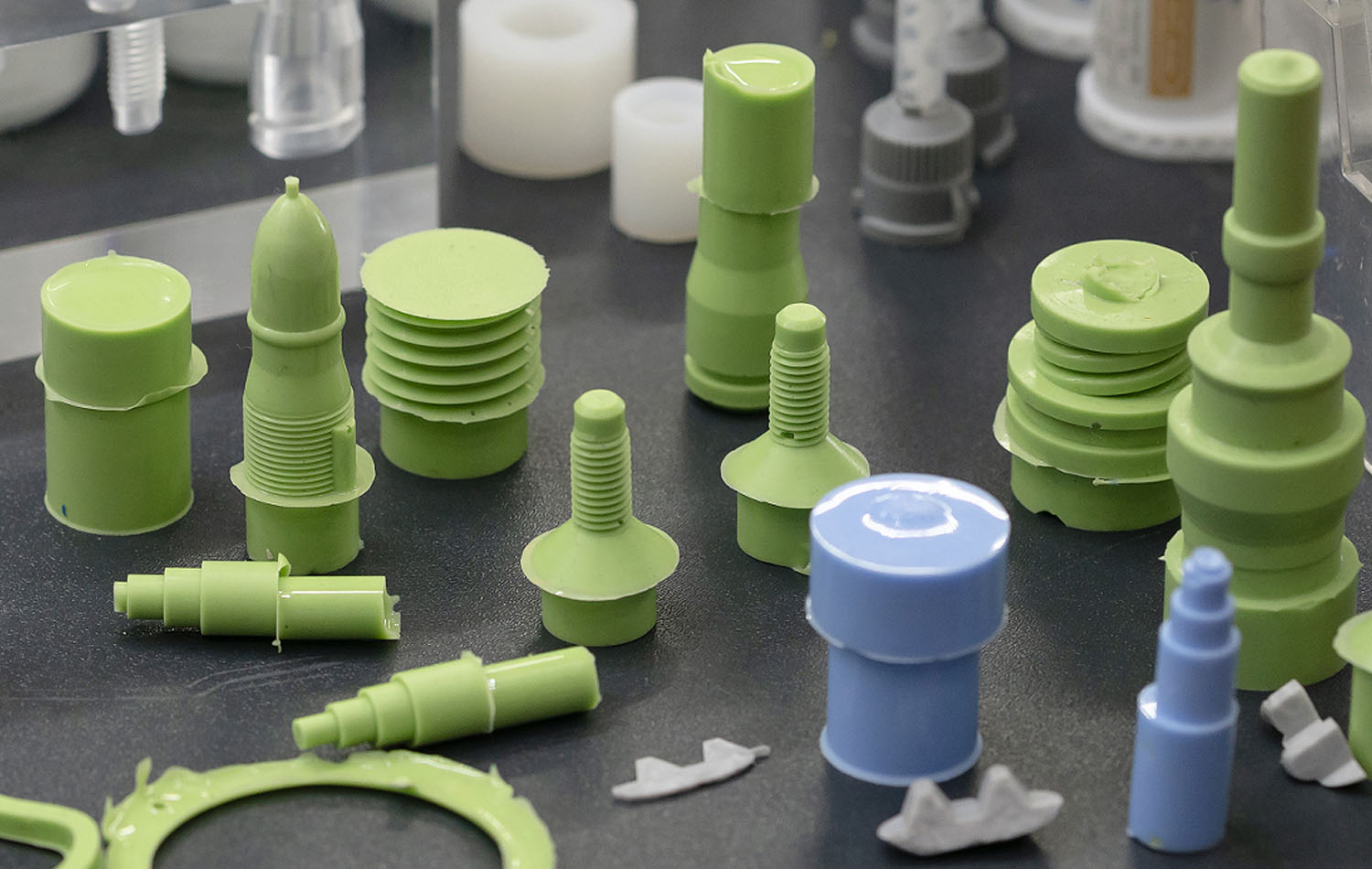
Injection Molding
Plastic injection molding process can produce a large number of parts quickly and efficiently. It is ideal for producing complex parts with tight tolerances.
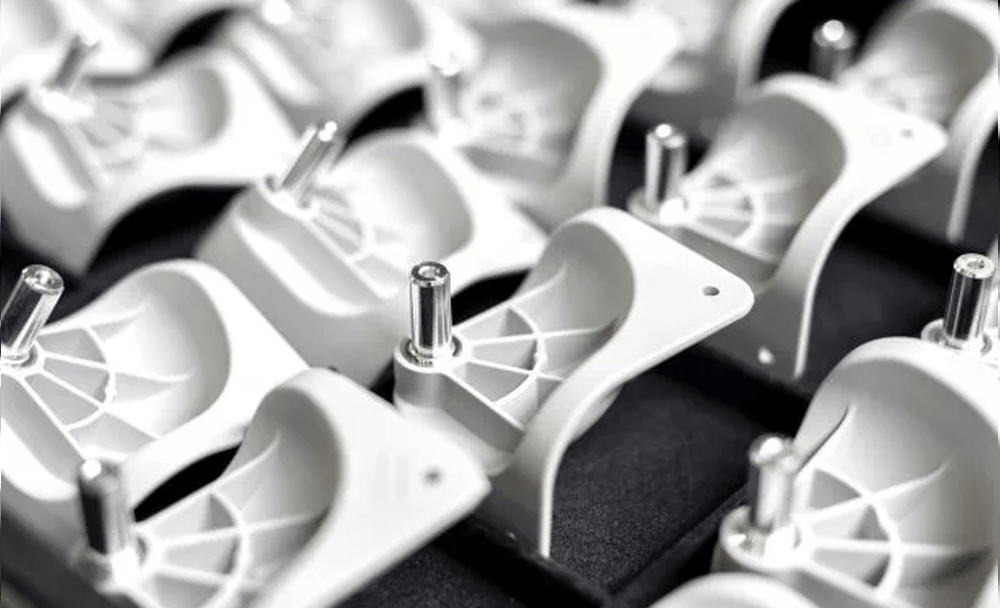
Insert Tooling
Put the insert in the mold and mold around it to extend the tool life of key features, it allows you to mold inserts such as brass nuts in your design.
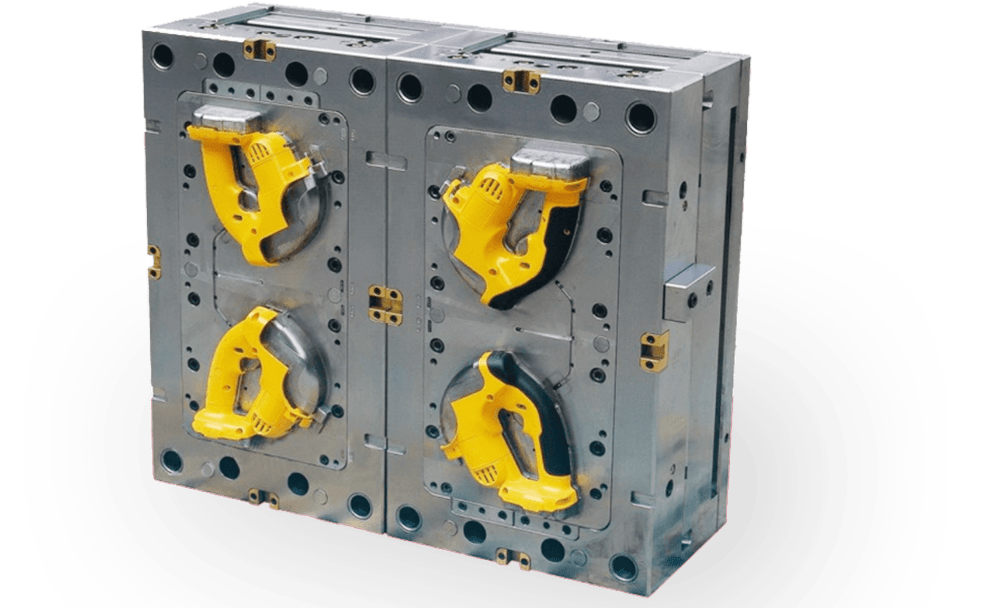
Overmolding
Install the prefabricated parts in the mold and then cover it with new material. This two-step process achieves the flexibility of multi-material part design by creating molds with different structural materials
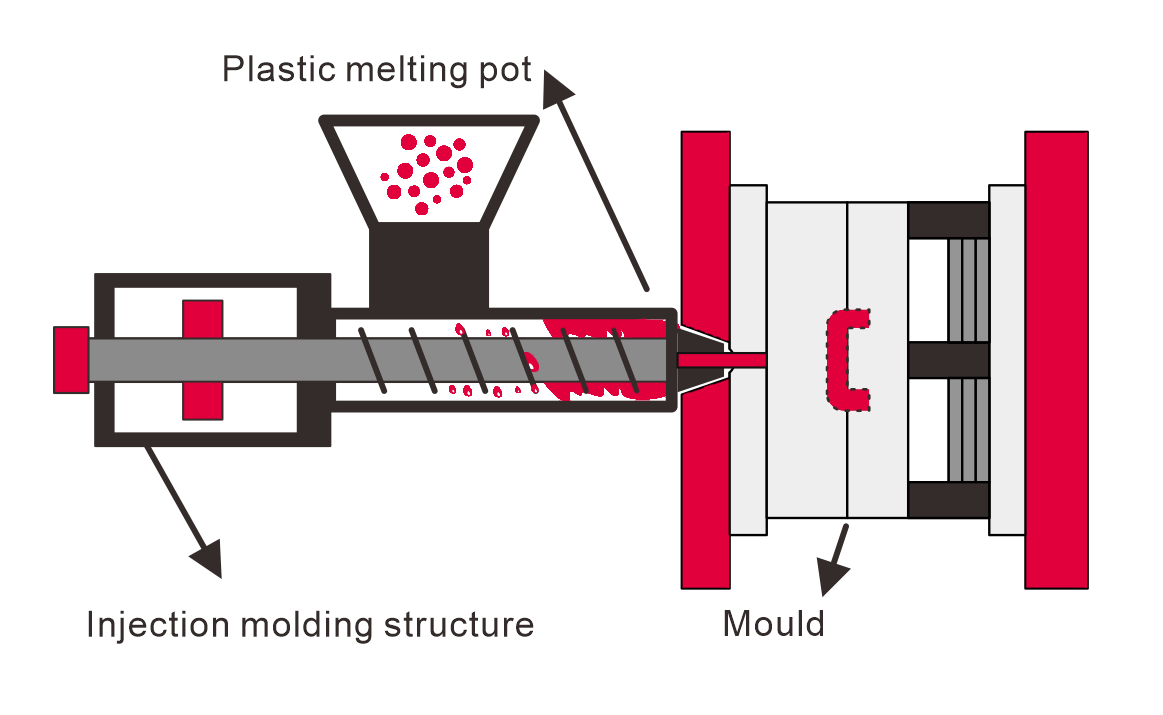
What is Plastic Injection Molding?
The injection molding process is the standard operating procedure for generating large quantities of finished plastic parts used in commercial and industrial applications.
Injection molding technology involves injecting molten resin into the cavity of a metal die under high pressure. The die is then rapidly cooled to form a solid shape. If your project requires plastic injection molding services, Aria can help.
Why Choose Plastic Injection Molding
Aria is a professional injection molding supplier.
Here are four reasons to use our injection molding procedure:
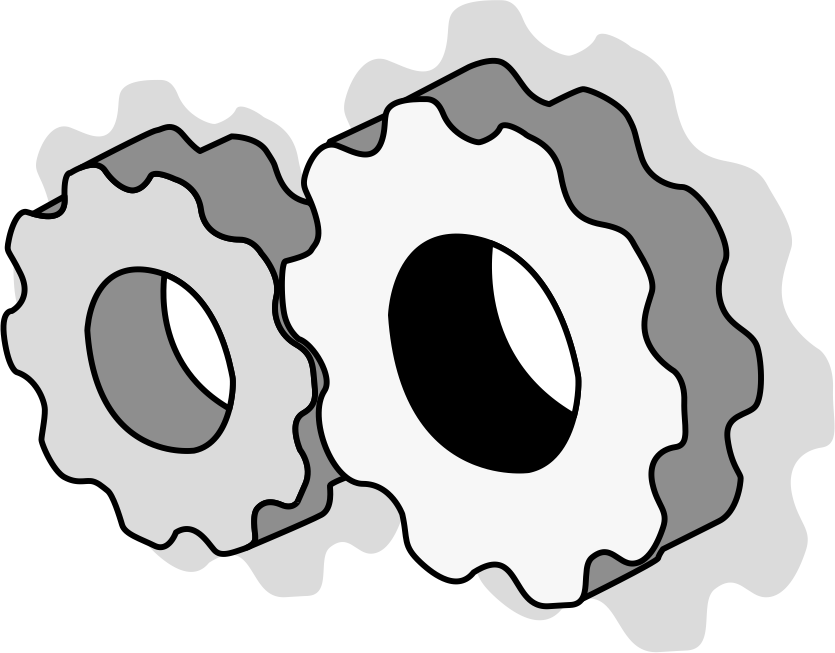
limitless production possibilities
Aria’s capability includes a wide variety of plastic injection molding processes. we can handle a molding range from 60 tons to 1,800 tons.

Materials Verification
Aria issues a materials verification report for every injection molding order. Additionally, we offer certificates of compliance for all materials used.
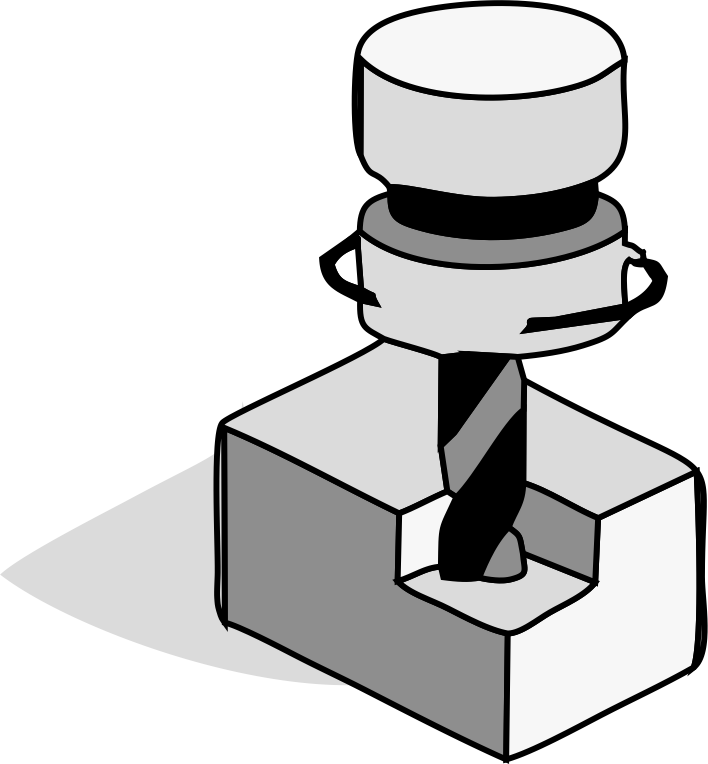
Manufacturing support
We optimize the costs of injection molding products by providing a detailed design for manufacturing reports for every customer.
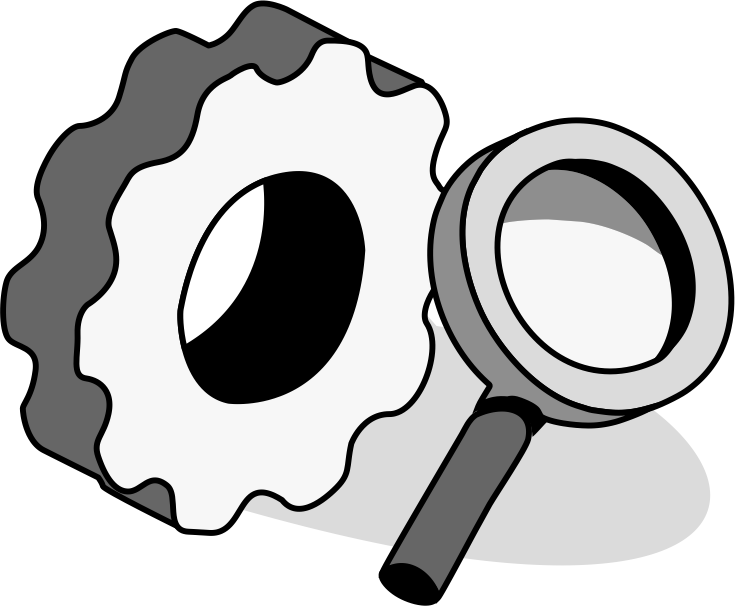
Process optimization program
We combine data from thousands of projects with our own material and molding procedures. Process optimization can quickly identify the proper machining parameters.
Plastic Injection Molding Process

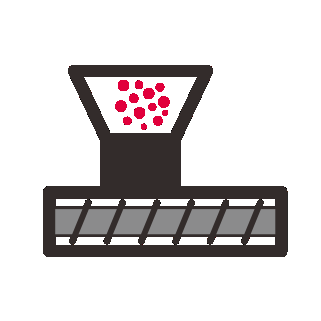

Step 1
Step 2
Step 3
Plastic resin comes in raw pellets. The pellets are dried until they acquire the correct moisture content. They can then be blended with pigments or masterbatch colorants as necessary.
The dried pellets are added to the hopper of the molding machine. Inside the barrel of the molding machine is a reciprocating screw that will move the pellets into the mold.
The pellets are heated and blended until they reach the fully molten state and become liquid resin. And the heater bands keep the temperature inside barred at a stable level for the type of resin being used.
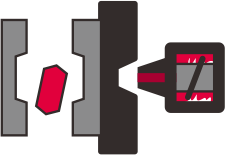


Step 6
Step 5
Step 4
The mold opens to allow the ejector rod to push the ejector pin to move forwards. So part is ejected and a new cycle begins. In the case of the robot’s hand, the cycle starts and ends when the robot hand receives a new part.
The mold is cooled to solidify the inside part. The type of resin and thickness of the part determines the cooling time. The temperature of the mold is controlled by internal cooling or heating lines where water is cycled.
The heated mold automatically closes. The resin, which is subjected to great pressure, is injected into the mold cavity by way of a gate, the injection pin’s vent empties the displaced air for injection molding products.


Step 1
Plastic resin comes in raw pellets. The pellets are dried until they acquire the correct moisture content. They can then be blended with pigments or masterbatch colorants as necessary.

Step 2
The dried pellets are added to the hopper of the molding machine. Inside the barrel of the molding machine is a reciprocating screw that will move the pellets into the mold.

Step 3
The pellets are heated and blended until they reach the fully molten state and become liquid resin. And the heater bands keep the temperature inside barred at a stable level for the type of resin being used.

Step 4
The mold opens to allow the ejector rod to push the ejector pin to move forwards. So part is ejected and a new cycle begins. In the case of the robot’s hand, the cycle starts and ends when the robot hand receives a new part.

Step 5
The mold is cooled to solidify the inside part. Type of resin and thickness of part determine the cooling time. Temperature of mold is controlled by internal cooling or heating lines where water is cycled.

Step 6
The heated mold automatically closes. The resin, which is subjected to great pressure, is injected into the mold cavity by way of a gate, the injection pin’s vent empties the displaced air.
Materials of Injection Molding Services

ABS
Acrylonitrile Butadiene Styrene resin is a milky white solid with a certain degree of toughness, with a density of about 1.04~1.06 g/cm3. ABS is a resin that has good mechanical toughness, wide temperature range, good dimensional stability, chemical resistance, electrical insulation properties and it’s easy to manufacture.
- Common applications: Instrument panel, refrigerator, telephone, keyboard
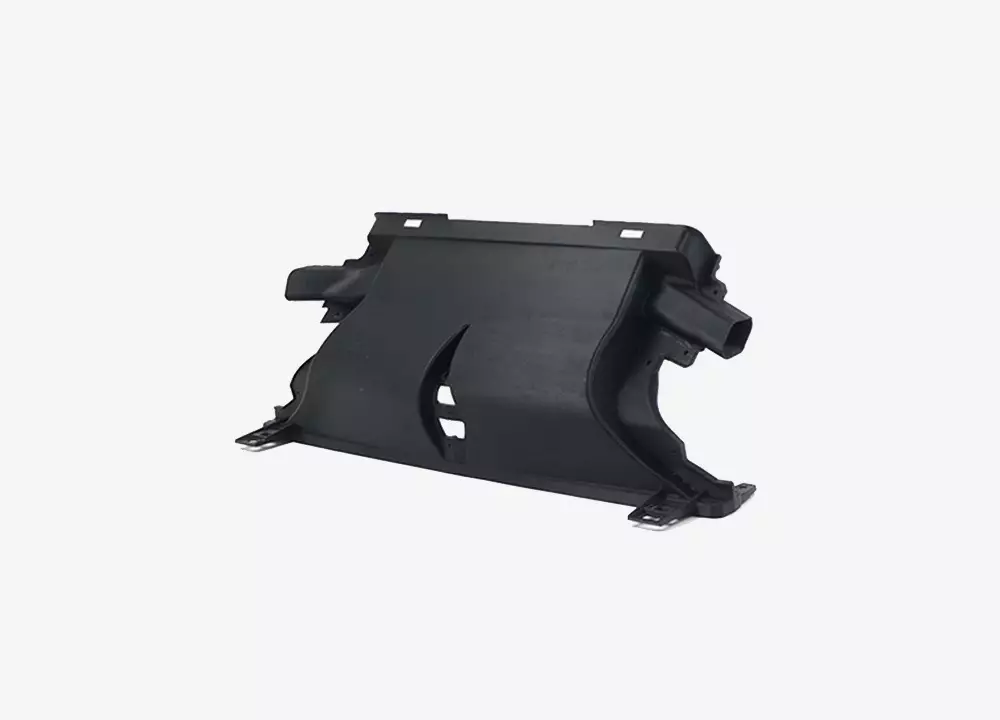
ABS / PC
PC + ABS plastic provides better strength than ABS at a lower cost than PC. It has high impact strength even at low temperatures. In addition, adding glass fiber, mineral fillers and flame retardants to the material can change its performance.
-
Common applications:
Electrical equipment, Computer enclosures,
Auto parts
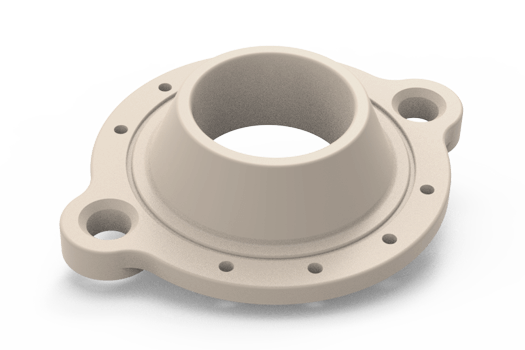
LCP
Liquid Crystal Polymer plastic raw materials, also known as liquid crystal polymers, with a density of about 1.35-1.45g/cm3. It is a new type of polymer material, which generally exhibits liquid crystallinity in the molten state. The highly oriented and rod-like nature of the liquid crystal polymer molecules, making their tensile strength and modulus are close to that of aluminum.
- Common applications: Enclosures
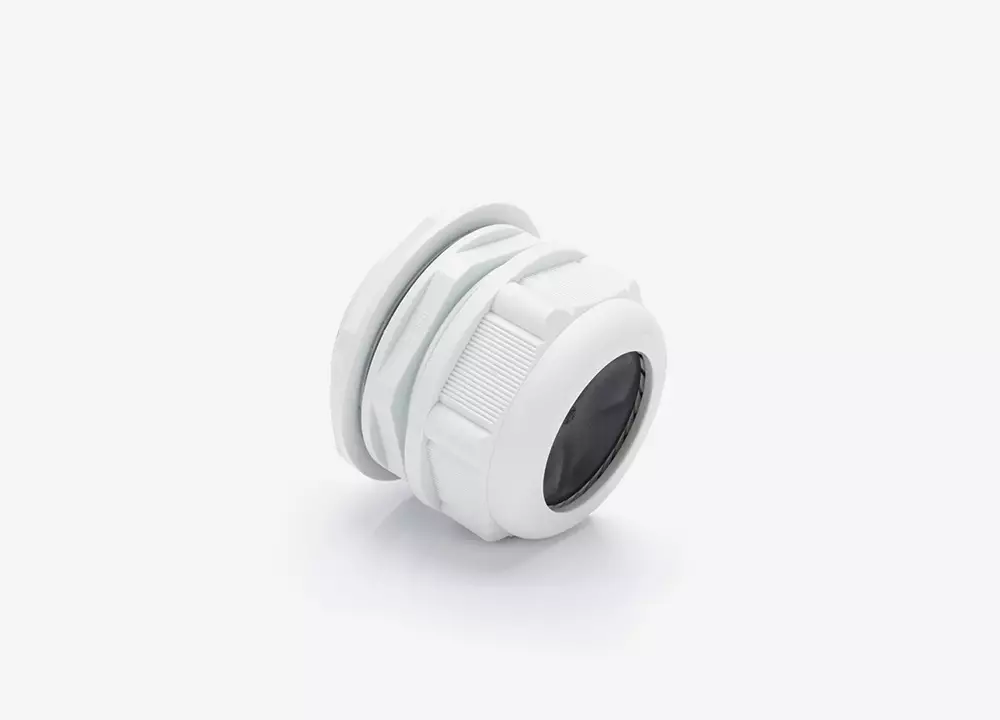
Nylon 6
Nylon 6, also known as PA6, polyamide 6, is a polymer compound. Except for its low melting point and wide process temperature range, its chemical and physical properties are very similar to nylon 66. Among all nylon grades, nylon 6 has the lowest modulus.
- Common applications: Structural components, Bearings
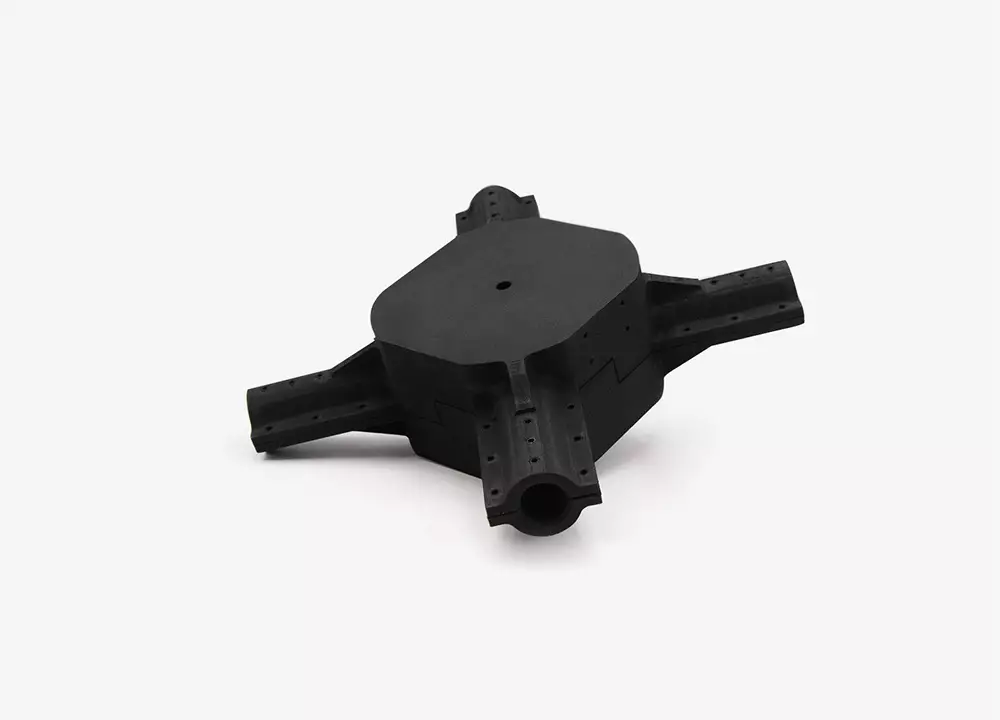
Nylon 66
Polyhexamethylene adipamide, commonly known as nylon-66, is a thermoplastic resin. The performance of nylon 6-6 is better than nylon 6, and the price is not as expensive as nylon 4-6. Its abrasion resistance is the best among all nylons, and its mechanical strength, hardness, and rigidity are very high. Can be used as engineering plastics and making synthetic fibers.
- Common applications: Auto parts, Instrument housing
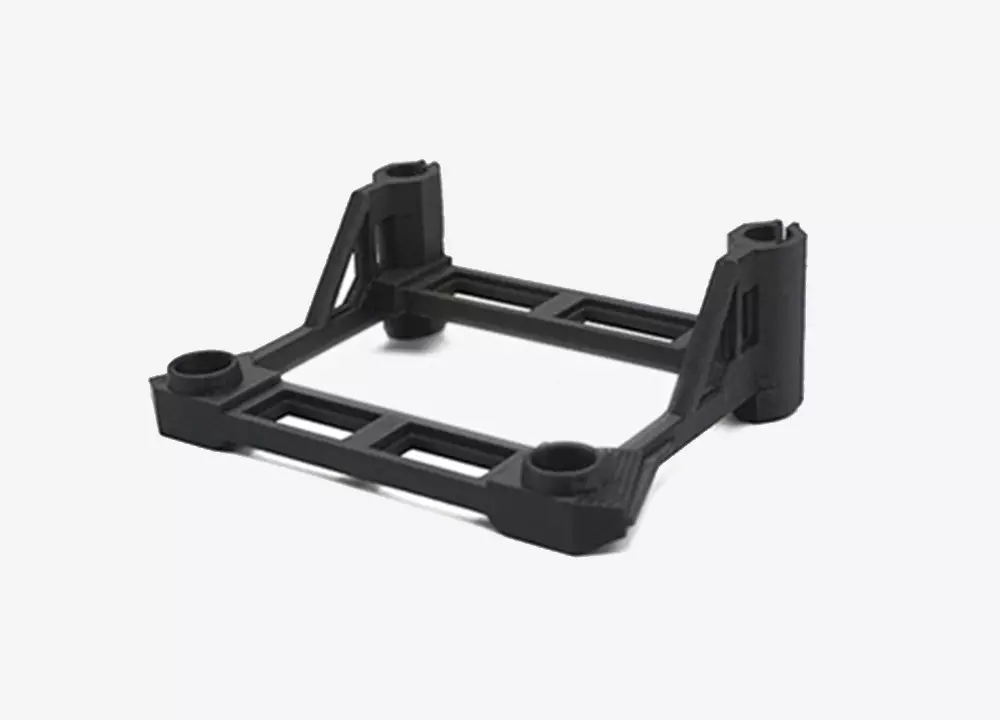
Nylon 11
The density of nylon PA11 is 1.04g/cm3, the melting point is 185℃, the water absorption is 0.1-0.4℅, and the tensile strength is 47-58MPa. It has the advantages of low water absorption, good oil resistance, low-temperature resistance, and easy processing. Widely used in our lives due to its good cost performance.
- Common applications: Enclosures
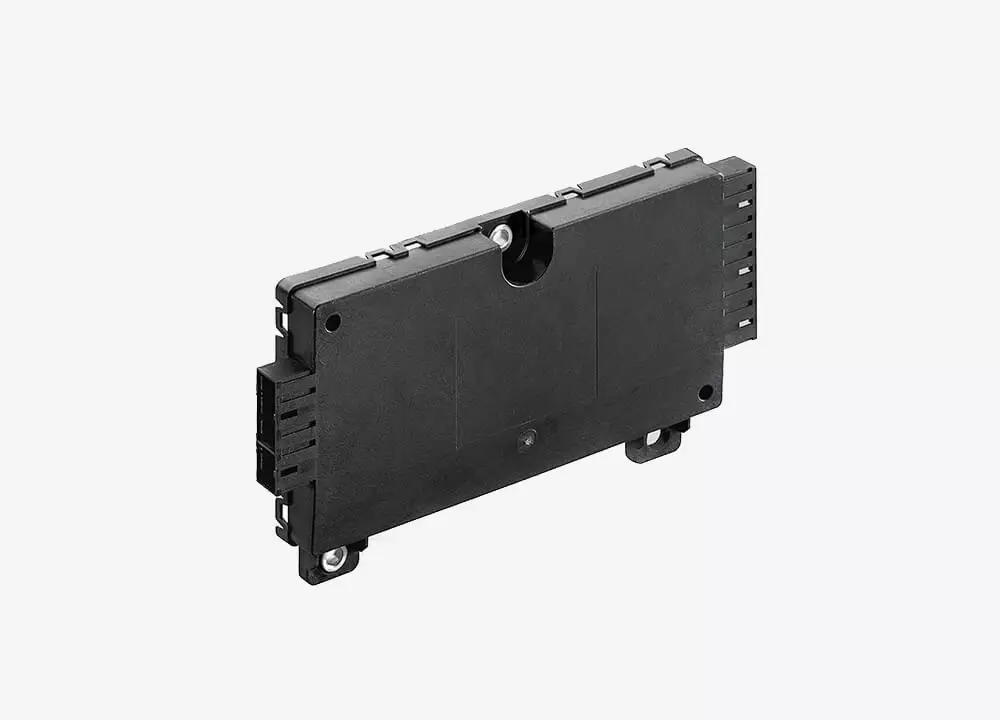
PBT
Polybutylene terephthalate (PBT), a milky white semi-crystalline thermoplastic polyester, is one of the five major engineering plastics. It has high heat resistance. Not resistant to strong acids and alkalis, resistant to organic solvents, flammable, and decomposes at high temperatures. It is widely used in the fields of automobiles, machinery, and equipment, precision instrument parts, etc.
- Common applications: Household appliances, Electrical components
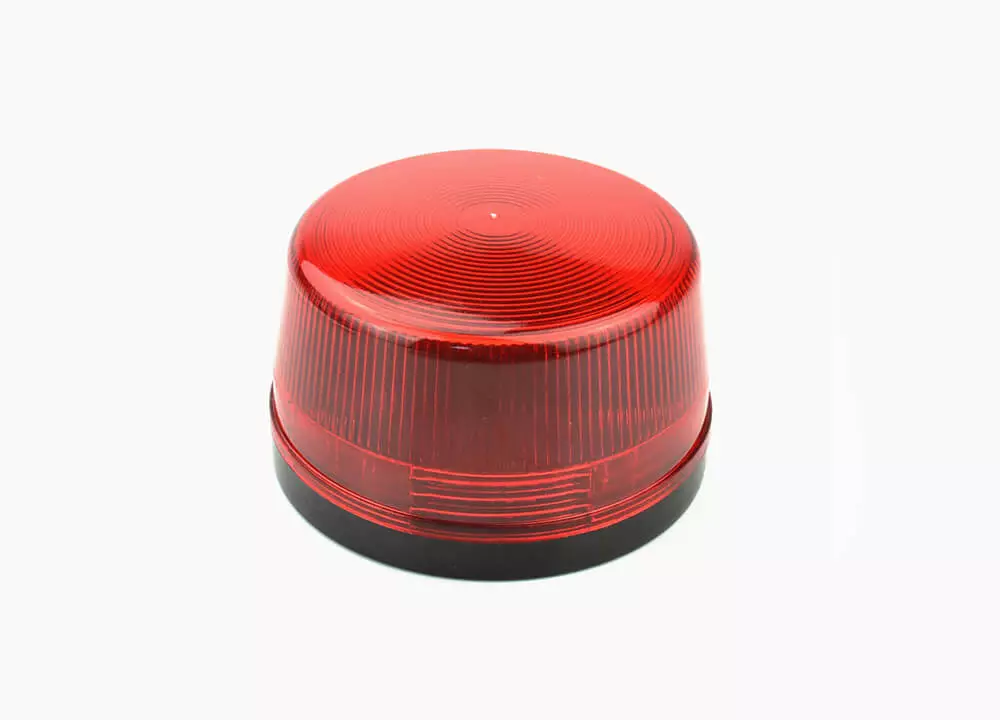
PC
Polycarbonate is a high molecular weight polymer containing carbonate groups in the molecular chain. It is a tough thermoplastic resin with flame retardancy. Antioxidant. It has excellent impact strength, transparency, and optical properties, mechanical properties, and can be molded to tight tolerances. PC has a wide range of applications, and there are a variety of compounds to choose from.
- Common applications: Computer components, Connectors, Auto parts
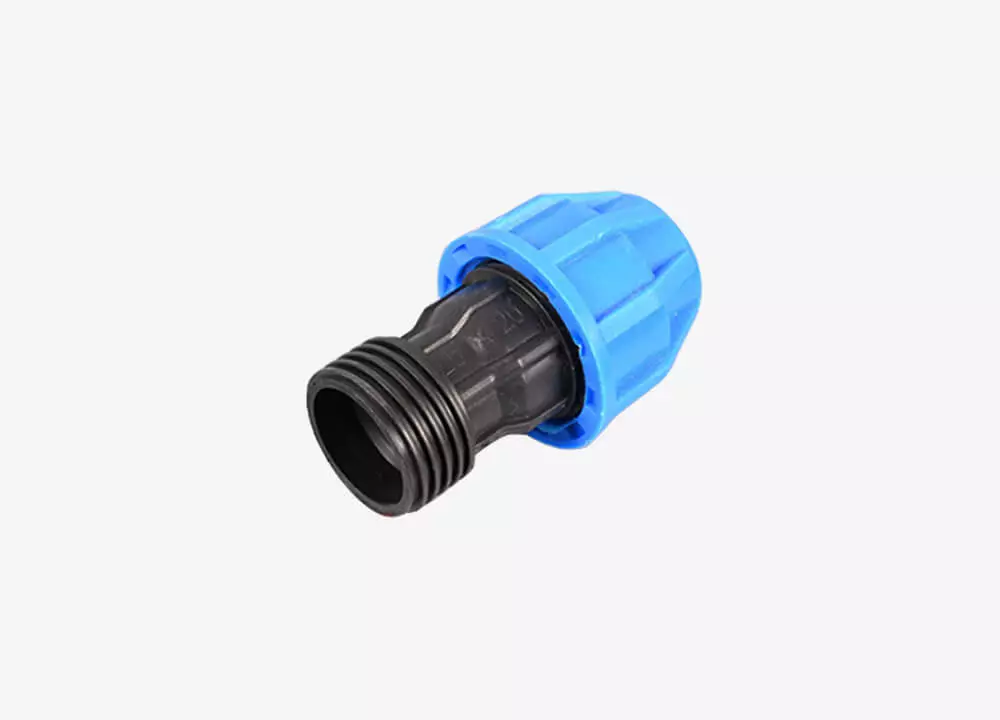
PE
The full name is Polyethylene, which is the simplest polymer organic compound and the most widely used polymer material. According to the density, there are 2 types of PE: LDPE and HDPE. It has good inherent lubricity and is easy to process. It should be noted that it is very soft and cannot be used at a temperature much higher than 150.
- Common applications: Enclosures
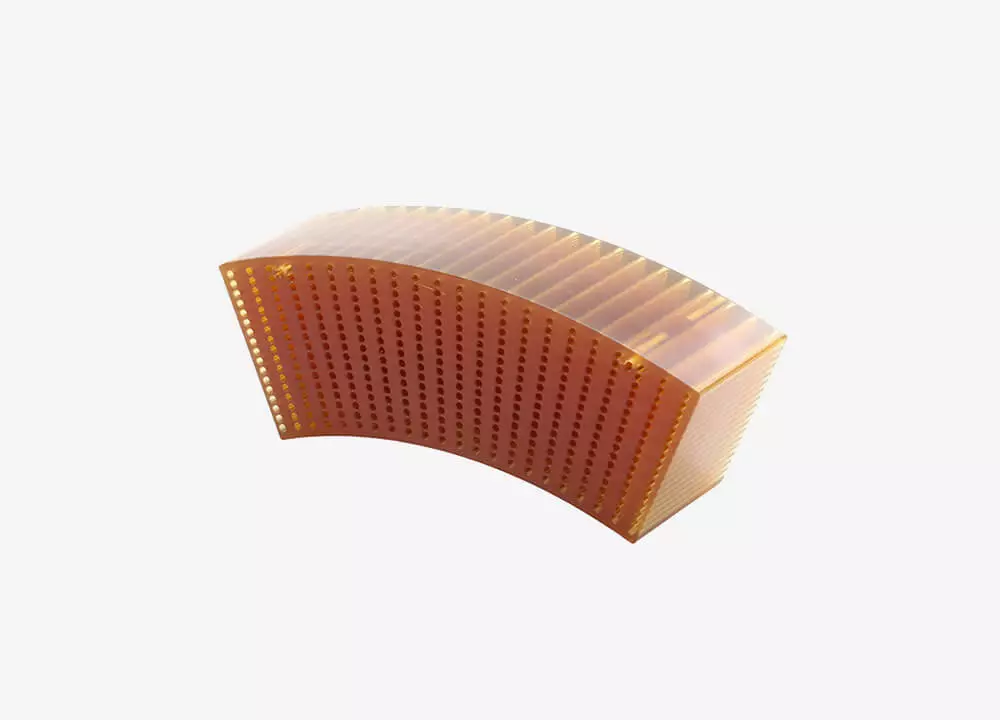
PEI
Polyetherimide (PEI for short) is an amorphous high-temperature super engineering plastic, and its cost is relatively low compared with other high-temperature materials. It has the best high-temperature resistance and dimensional stability, as well as chemical resistance, flame retardancy, electrical properties, high strength, high rigidity, etc. The performance is similar to polycarbonate, but it can work at higher temperatures.
-
Common applications:
Automotive industry, Product packaging,
Medical equipment
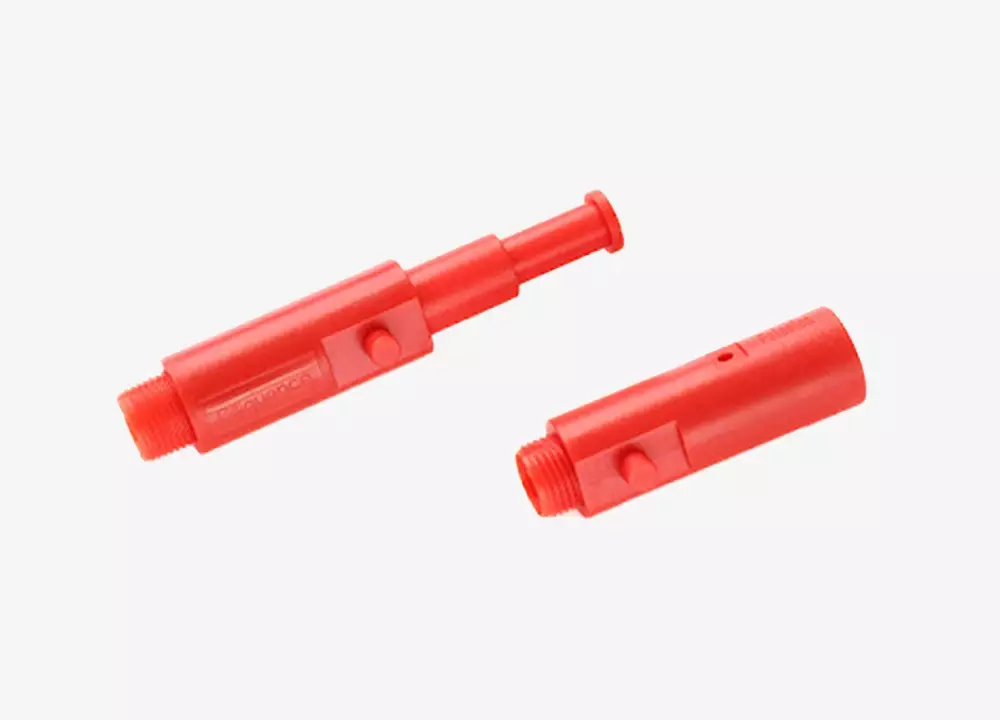
LDPE
Low-density polyethylene, also known as high-pressure polyethylene (LDPE), is milky white, odorless, odorless, non-toxic, and waxy particles with a matt surface. It has good electrical insulation, transparency, easy processing, and certain air permeability. And has strong extensibility and flexibility, making it have excellent impact strength. This is offset by the permanent deformation after the impact.
- Common applications: Bowls, Cabinets, Pipe couplings
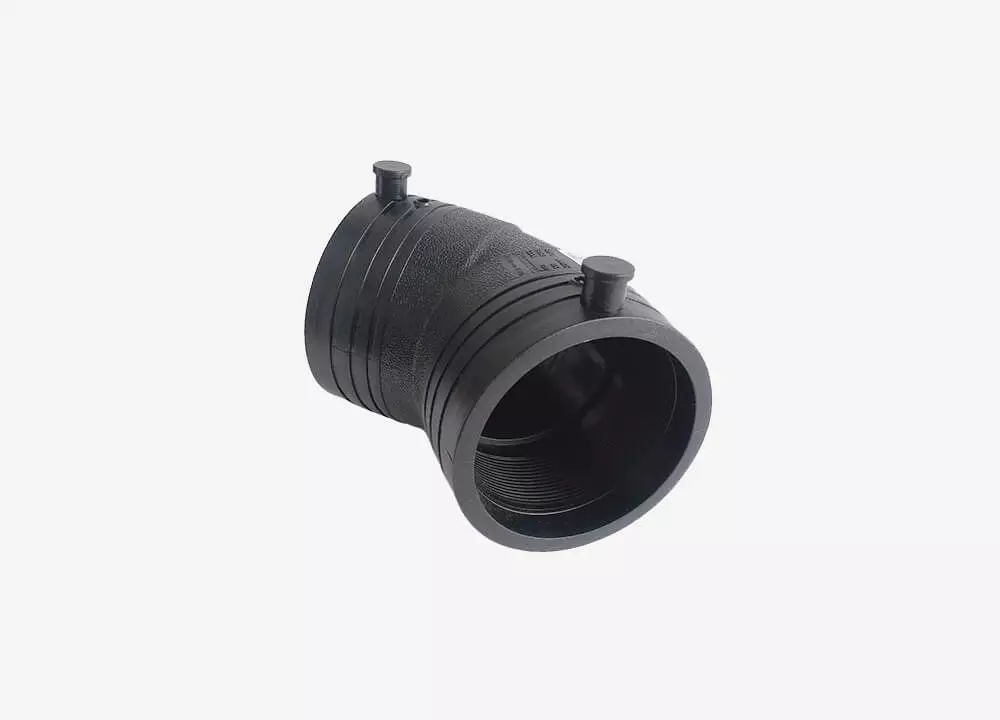
HDPE
High-density polyethylene (HDPE) is a white powder or granular product. Non-toxic and odorless, the use temperature can reach 100℃. It does not have the impact strength of LDPE, but it is more elastic. Surface hardness, tensile strength, rigidity, and other mechanical strength are higher than LDPE, close to PP, tougher than PP, but the surface finish is not as good as PP.
- Common applications: Storage containers, Household kitchenware, Sealing covers
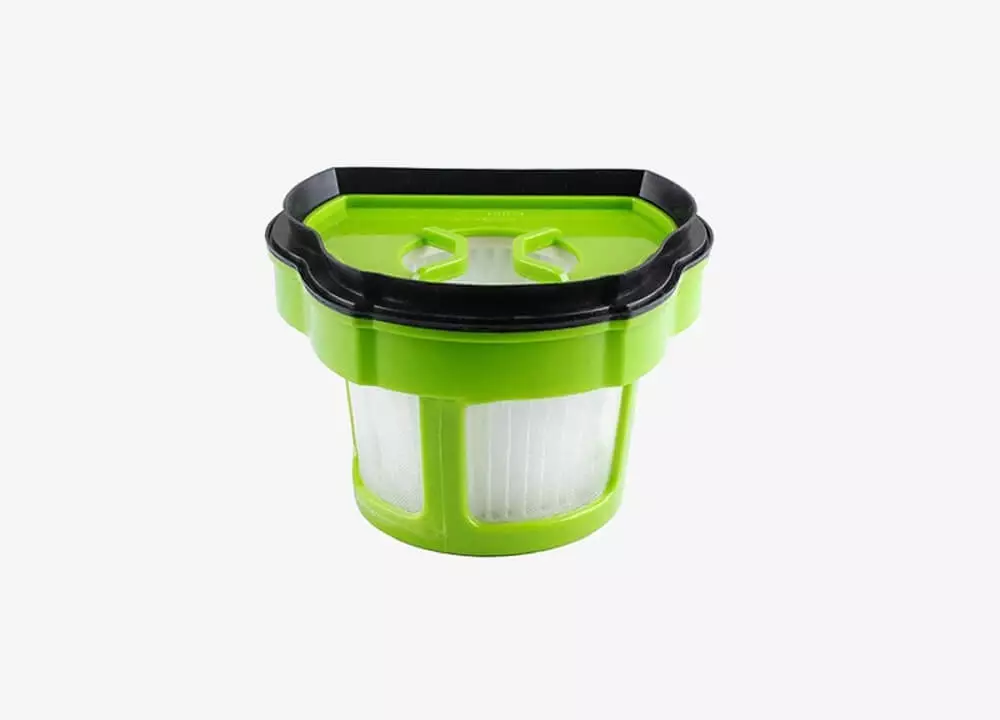
PET
Polyethylene terephthalate (PET), milky white or light yellow, is a highly crystalline polymer with a smooth and shiny surface. It is non-toxic, tasteless, and has good hygiene and safety, and can be directly used for food packaging. It has excellent physical and mechanical properties in a wide temperature range, and the long-term use temperature can reach 120°C. But it is difficult to mold to very close tolerances.
- Common applications: Automotive industry, Electrical components
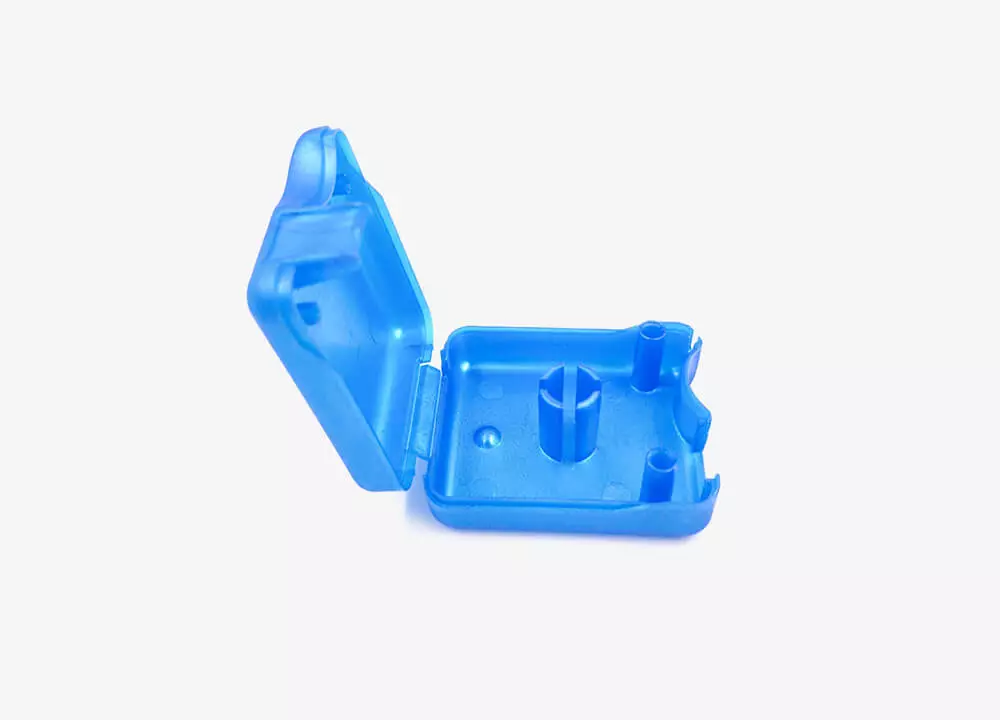
PP
Polypropylene is abbreviated as PP, which is a colorless, odorless, non-toxic, translucent solid substance. The density is about 0.89~0.91g/cm3, and the operating temperature range is -30~140℃. It is difficult to mold to very close tolerances. Widely used in the production of clothing, medical equipment, automobiles, bicycles, parts, pipelines, chemical containers, etc.
- Common applications: Automotive industry (fenders, ventilation ducts, fans)
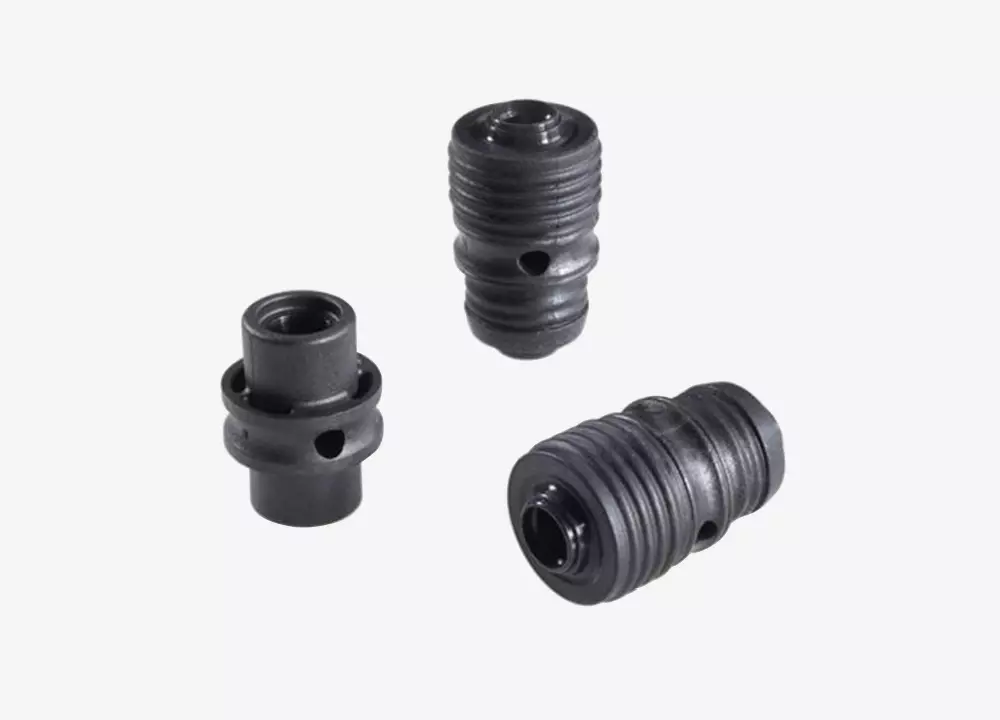
PPA
Polyphthalamide is a kind of synthetic resin with high hardness, high strength, good chemical resistance, and low cost. Due to the excellent physical, thermal, and electrical properties of PPA, especially the moderate cost, it has a wide range of applications. Although the use and introduction of PPA are relatively late, its good design data is still very useful.
- Common applications: Enclosures
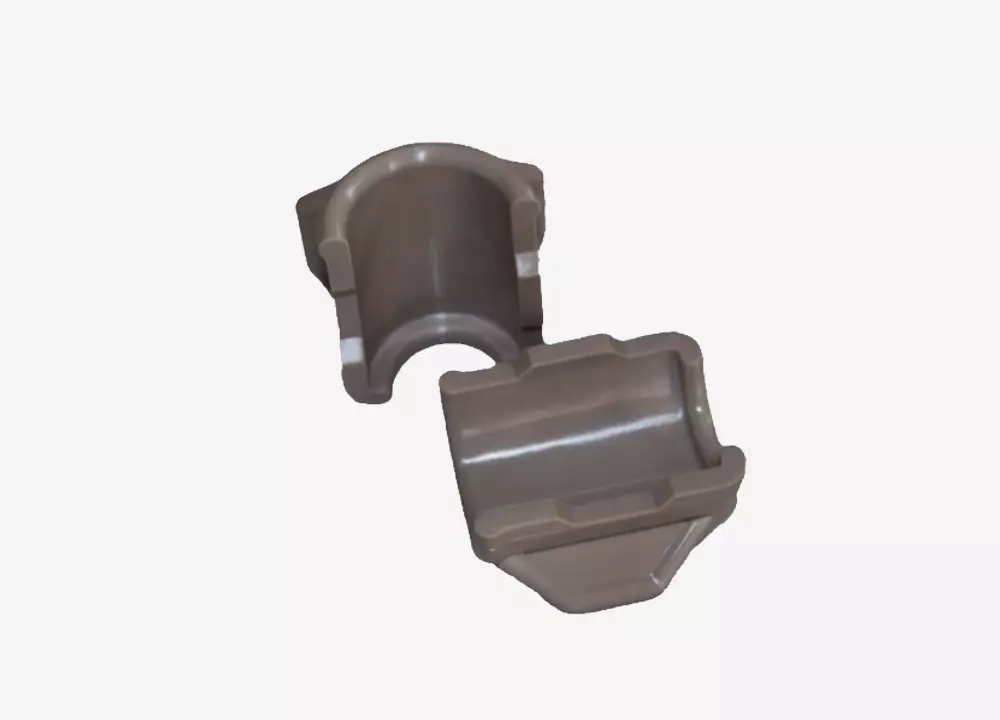
PPS
Polyphenylene Sulfide is a new type of high-performance thermoplastic resin, which has the advantages of high mechanical strength, high-temperature resistance, chemical resistance, flame resistance, good thermal stability, and excellent electrical properties. It is widely used in the fields of electronics, automobiles, machinery, and chemicals.
- Common applications: Enclosures
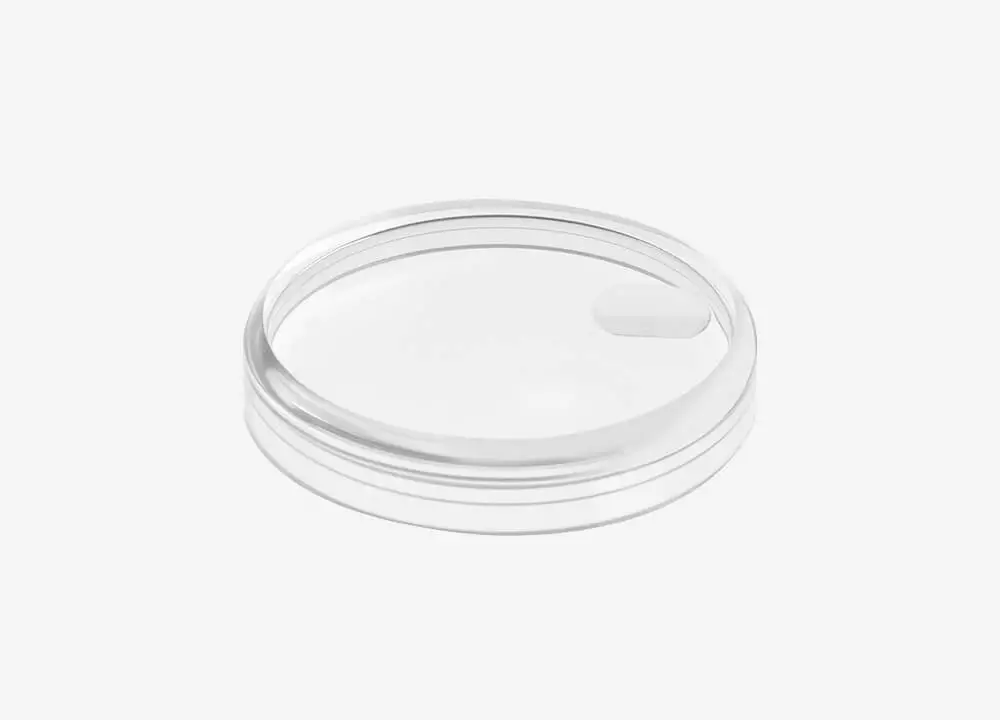
PMMA(Acrylic)
PMMA, also known as acrylic, is a tough, highly transparent material with excellent resistance to ultraviolet radiation and weather resistance. It can be colored, shaped, cut, drilled, and shaped. With its beautiful appearance, it has a wide range of applications in the construction industry.
- Common applications: Automobile signal lamp equipment, Instrument panel
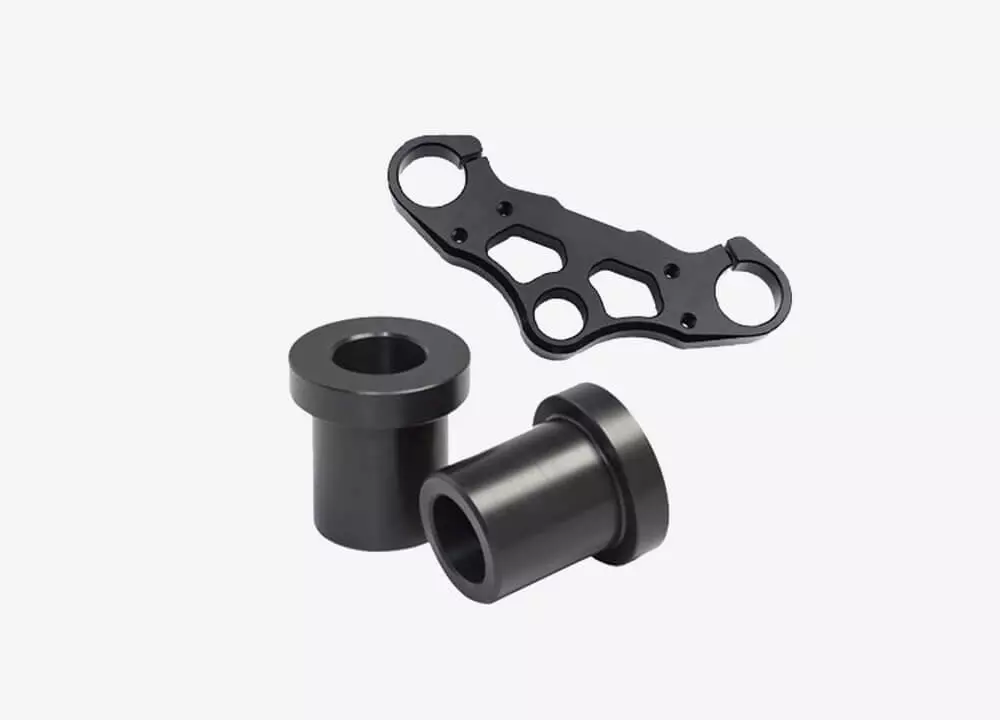
POM
POM is a crystalline plastic, a density of 1.42g/cm3. It has good rigidity, it is an engineering plastic with excellent comprehensive properties. POM has exhaust problems at high temperatures and is brittle at low temperatures. Glass filled, add lubrication grade available, no flame retardant grade.
- Common applications: Gears, Bearings, Pipe components
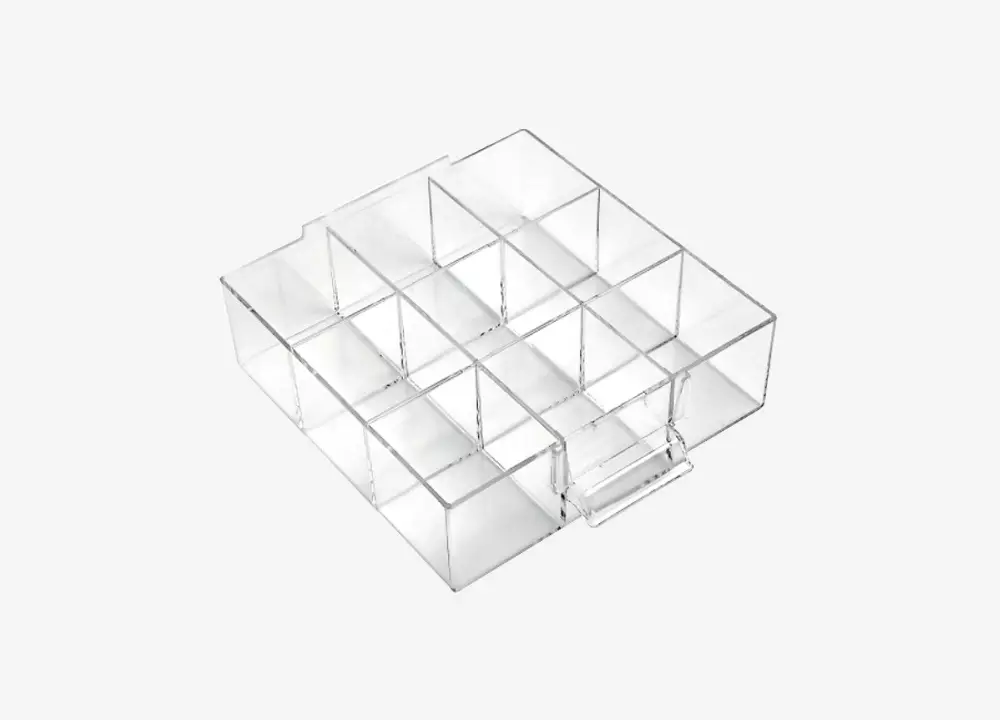
Polystyrene Crystal
Polystyrene Crystal is a colorless and transparent thermoplastic with a glass transition temperature higher than 100°C, making it the cheapest thermoplastic. It has good optical performance. Its impact strength is very low. Widely used in various instrument housings, lampshades, optical chemical instrument parts, etc.
- Common applications: Electrical and commercial equipment
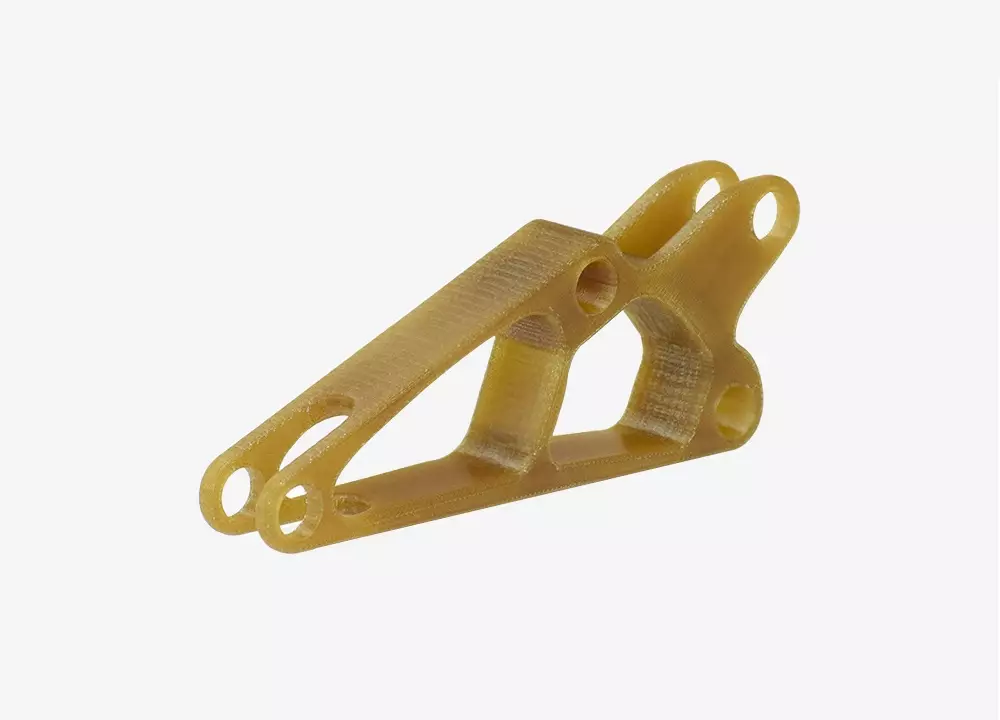
PEEK
Peek (polyetheretherketone) is a kind of special engineering plastic with high-temperature resistance, self-lubrication, easy processing, and high mechanical strength, and other excellent properties. It can be manufactured and processed into various mechanical parts, such as automobile gears, oil screens, gear shift start plates; Aircraft engine parts, automatic washing machine runner, medical equipment parts, etc.
- Common applications: Enclosures
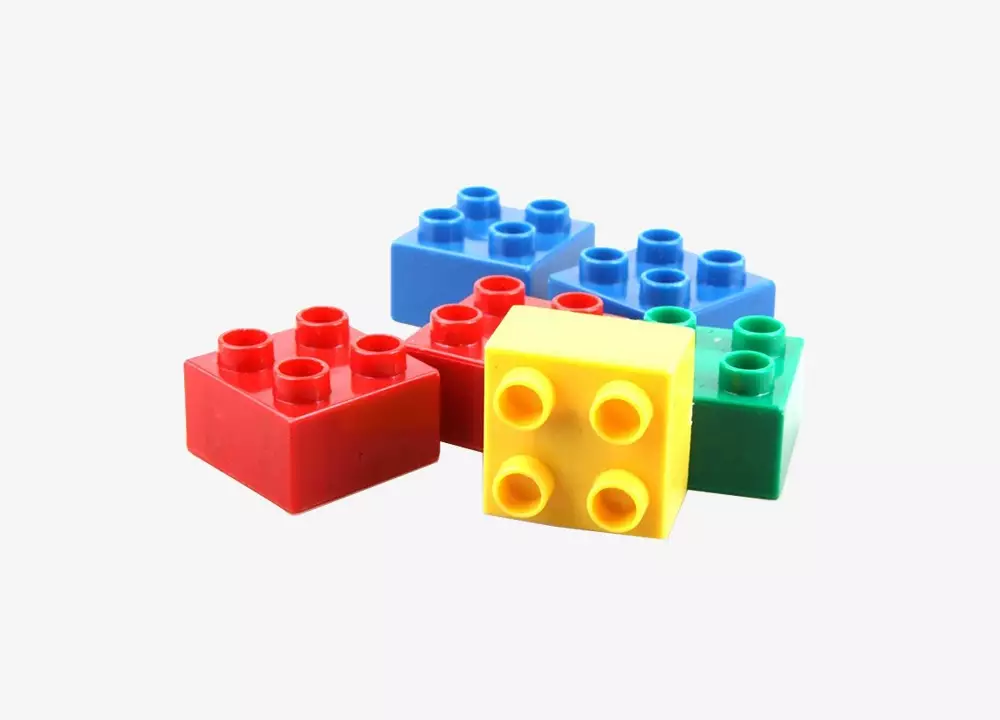
HIPS
HIPS(High Impact Polystyrene) is a bright and pure amorphous plastic. It has the advantages of easy processing, rigidity, dimensional stability, and transparency, but its low impact strength limits its application. It has a lower modulus, better elongation, and is much more brittle than crystalline styrene.
- Common applications: Enclosures
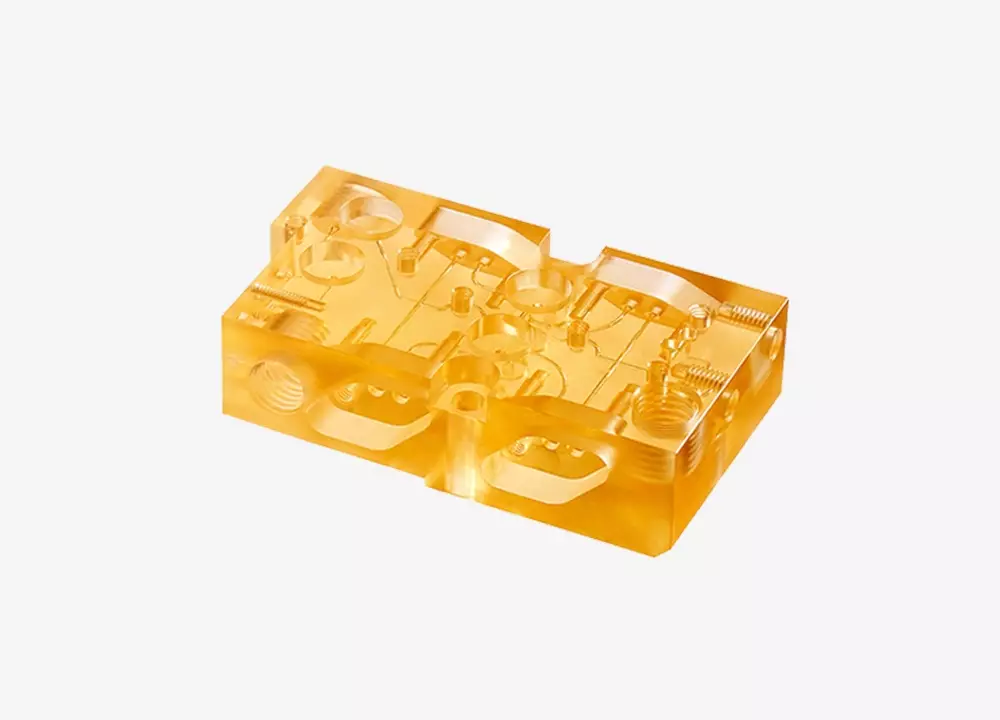
PSU
PSU is a relatively low-cost high-temperature amorphous material. It is transparent and has good radiation stability and heat resistance. Can be used at temperatures up to 300 degrees Fahrenheit. Widely used in medical equipment, machinery industry, electronic appliances, and other fields.
- Common applications: Enclosures
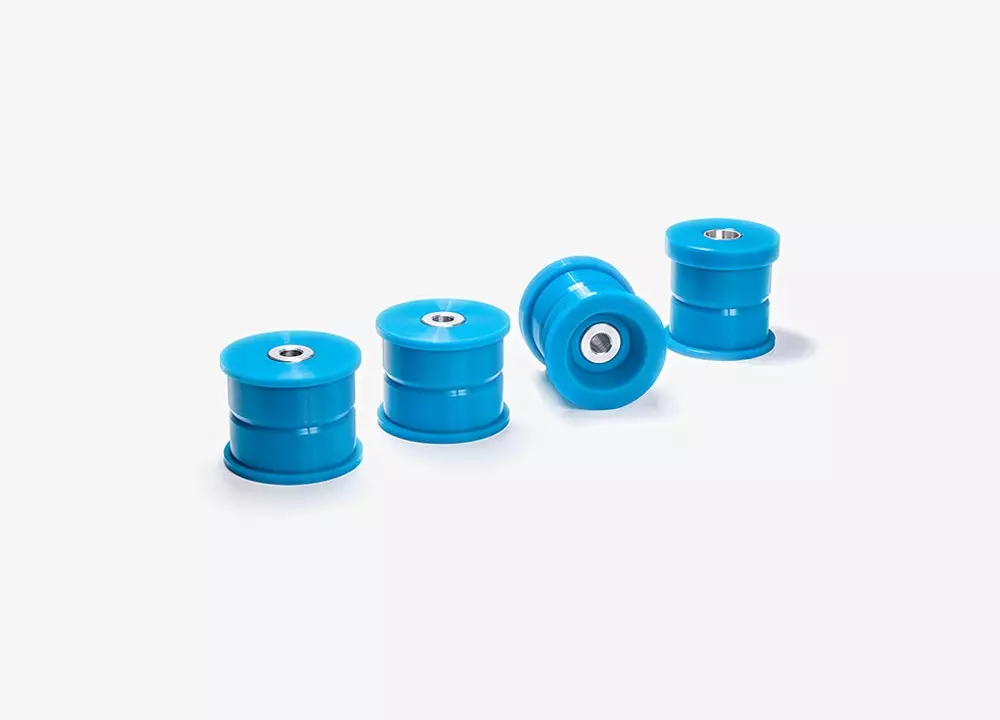
PU
PU(Polyurethane) is an extremely elastic, wear-resistant, and tear-resistant elastic material that can be used in ether and ester-based formulations. These different formulations cover a very wide range of hardness and density.
- Common applications: Enclosures
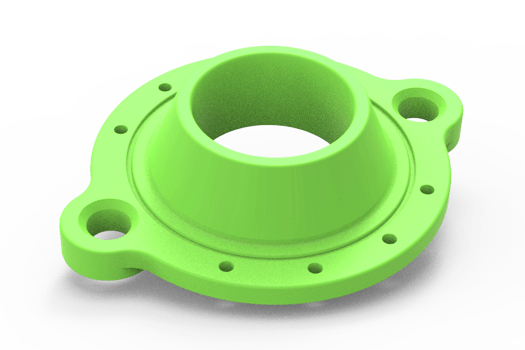
TPE
TPE(Thermoplastic Elastomer), also known as artificial rubber or synthetic rubber. It is a kind of elastomer that has the elasticity of rubber at normal temperatures and can be plasticized and molded at high temperatures. It contains thermoplastic and elastomer properties, which makes the product very easy to use in the manufacture of various products. Standard thermoplastic processing equipment and techniques can be used for processing and molding, such as extrusion, injection, blow molding, etc.
- Common applications: Enclosures
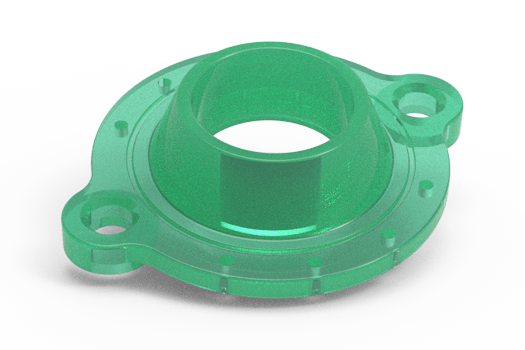
TPU
Thermoplastic polyurethane (TPU) is an elastic material with good oil resistance, grease resistance, and wear resistance. It is also a mature environmental protection material. It is widely used in medical and health, electronic appliances, industry, and sports.
- Common applications: Enclosures
Surface Finishes of Injection Molding Servcies
Picture
Grade
Finsishes
Descriptions
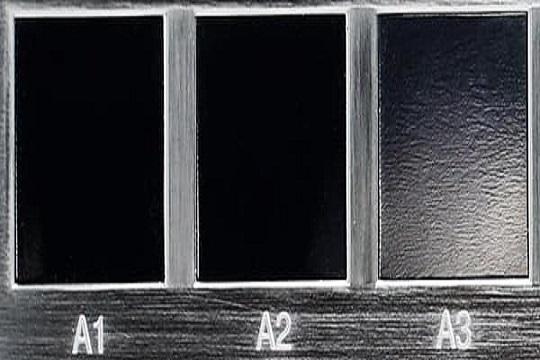
A1, A2, A3
Glossy
The surface is completely smooth, allowing no blemishes or scratches, similar to the reflection effect of a mirror.
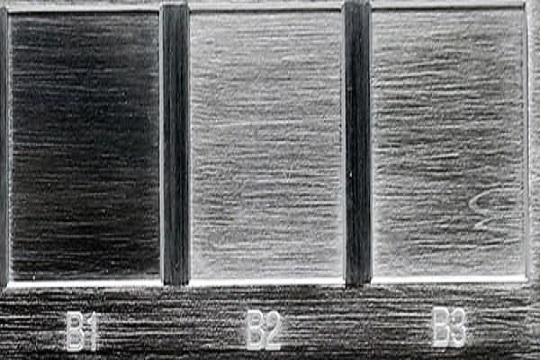
B1, B2, B3
Semi-glossy
The surface is smooth and without obvious blemishes, but minor scratches and spots are allowed.
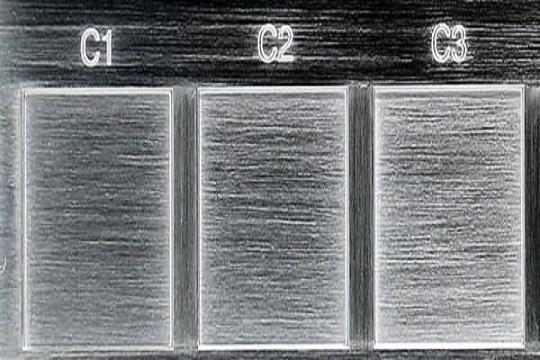
C1, C2, C3
Matt
The surface without luster and slightly rough, but does not affect the function.
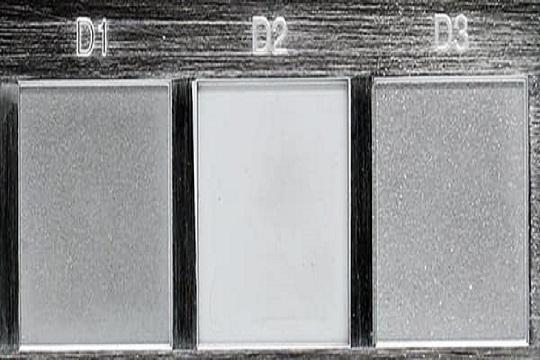
D1, D2, D3
Textured
For some special requirements, such as anti-skid, wear, etc.
Why Choose Aria
Based on data collected from thousands of projects in conjunction with standard material and molding processes, our injection molding procedure is an optimization program that can efficiently identify the right combination of machining parameters for any given project.
Using this information, we can move a new mold from testing to production within a matter of hours. By applying the proper combination of machining parameters required to properly fill a part, we can reduce or even eliminate plastic part defection during the injection molding process.
With Aria’s process optimization, quality issues caused by these molded-in stressors are eliminated:
Warp
Colour Blends
Cracks
Surface shrinkage
Voids
Surface Sink Marks
Undersize
Surface Sheen
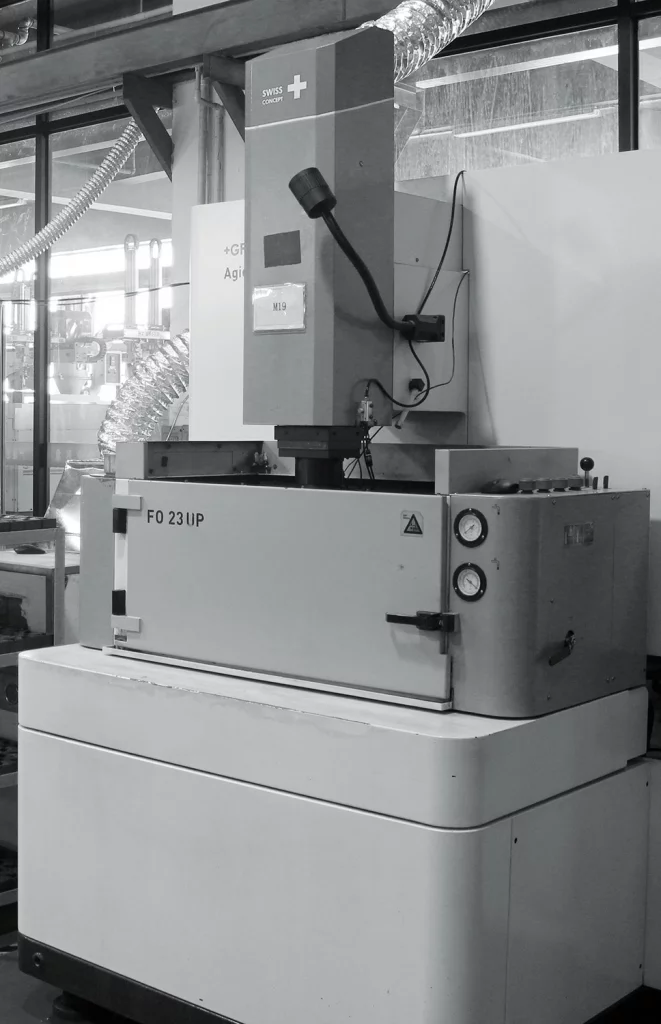
Injection Molding FAQs
A: Please send us your inquiry by email or Online quote system. Once we confirm the design (Feature details with parameters), material, color, qty, we can provide quotation within 24 HOURS.
A: This depends on a number of factors including the complexity of the part design, size of the production run and availability of the materials. Generally, An injection molding project takes 2-3 weeks for mold manufacturing and sample production, and 2-3 weeks for bulk production.
A: we can provide design assistance, tooling fabrication, and production services as well as post-processing and finishing operations. Additionally, we will work with you on material selection and help ensure that quality standards are met throughout the entire process.
A: The design of an injection mold is one of the most important steps in any injection molding project. It requires a deep understanding of both the intended application and the injection molding process. Designers must take into account factors such as part geometry, material properties, shrinkage rates and draft angles.
Aria is a Chinese injection molding supplier, Click the following button to get Your Free Quote About Plastic Injection Molding Services Today.
All information and uploads are secure and confidential.
Injection Molding Resources

Injection Molding Services: How They’re Used in the Automotive Industry
Also Read: CNC Machining Services: How They’re Used in the Auto Industry Custom plastic injection molding 101: Process, Materials, Surface Finishes, Applications Injection molding service
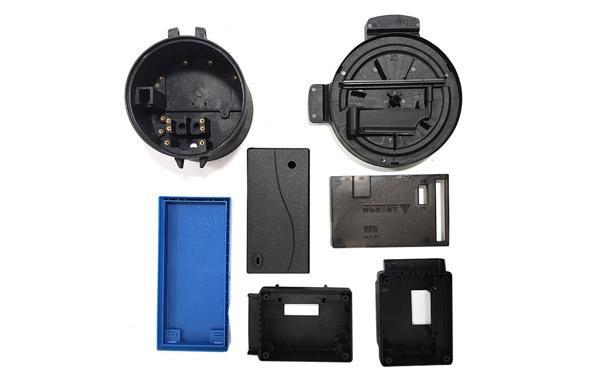
Custom plastic injection molding 101: Process, Materials, Surface Finishes, Applications
Injection molding is a manufacturing process for producing parts from thermoplastic and thermoset polymers. Injection molding is used to create a wide variety of parts,
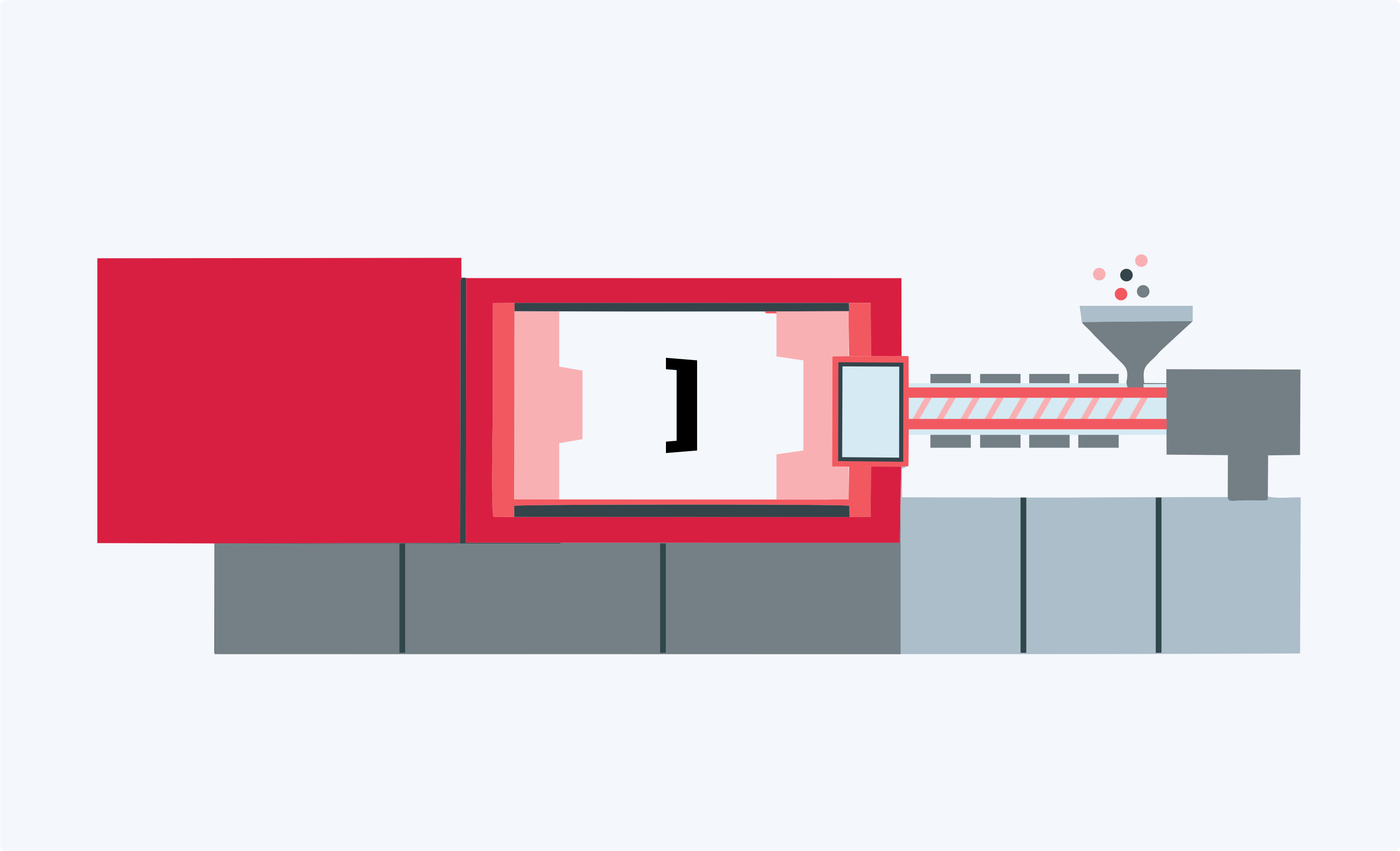
Injection Molding: Process, Types, Materials and Applications
Last month, a customer who has been cooperating with our company for more than 3 years asked me what injection molding is. I was surprised hear

